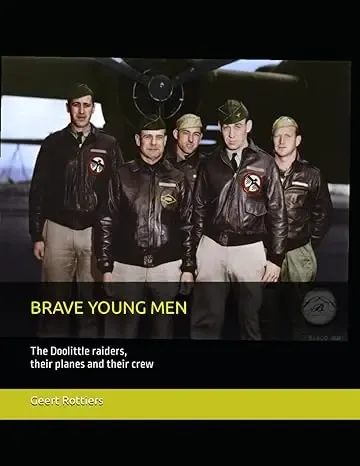Raider in the spotlight
The Further Development of the Plan
THE FURTHER DEVELOPMENT
Under strict secrecy and of course with the permission of the General Staff of the United States Army and the President of the United States, the idea of Francis Low was further developed by Donald Duncan and Jimmy Doolittle.
Separately, they had both concluded that only the United States Army Air Force's B-25 Mitchell bombers would be eligible to complete the strike mission.
This type of bomber could take off with a bomb load of 900 kg (about 1384 pounds) and required a short runway no longer than 142 meters (about 467 feet) and meeting the width of 26 meters (about 84 feet). The flight deck of the aircraft carriers of that time was not much wider than 25 meters (about 83 feet). The bomber's range was 2500 sea miles (about 4630 km), but the range could be increased by additional fuel tanks.
The different types of bombers used by the Americans at the time were the Douglas B-18 Bolo, which they said was dropped from the mission because its 500 kilometers (or 311 miles) range was too short. The fuel tanks could be enlarged, but the consumption was still too high for the desired distance to be able to fly.
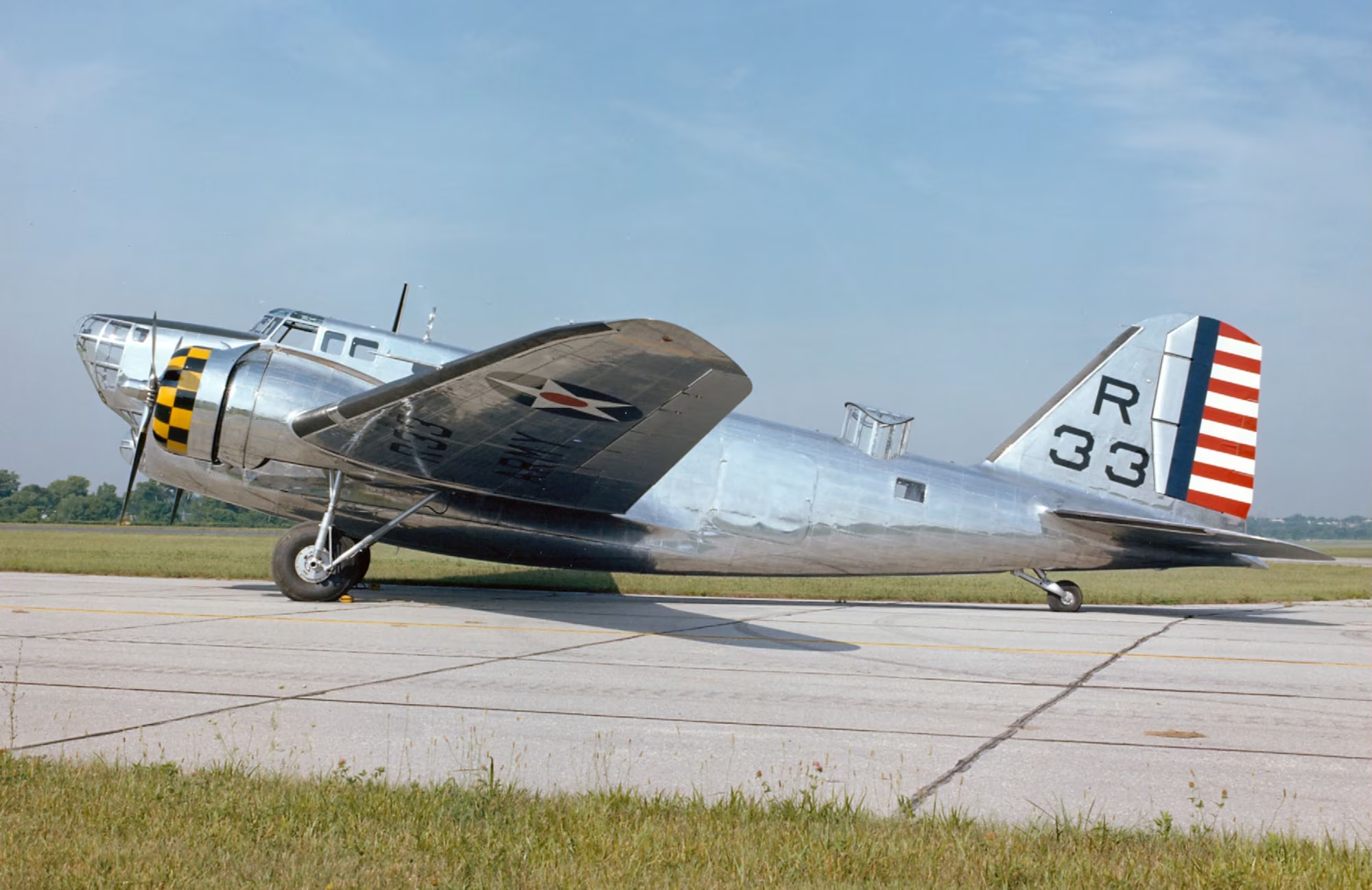
The Douglas B-23 Dragon was not eligible because the aircraft had too large a wingspan to take off from an aircraft carrier. In theory it could have been done, but the free space between the right wing and the tower, the island or the bridge of the aircraft carrier was only one meter and that was too narrow and so too dangerous to take off.
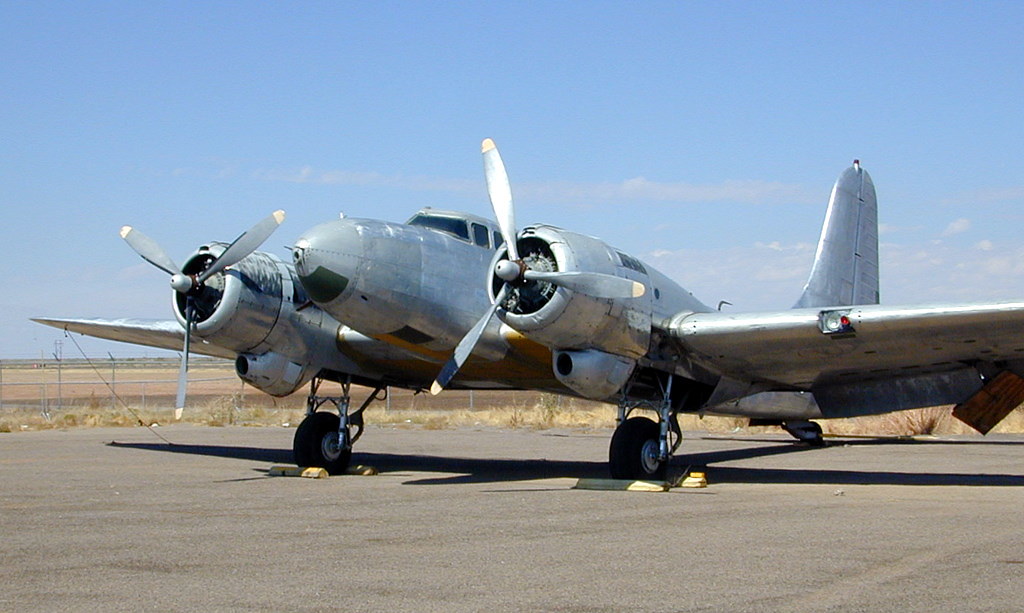
The Martin B-26 Marauder could not be deployed because this aircraft needed too long a runway.
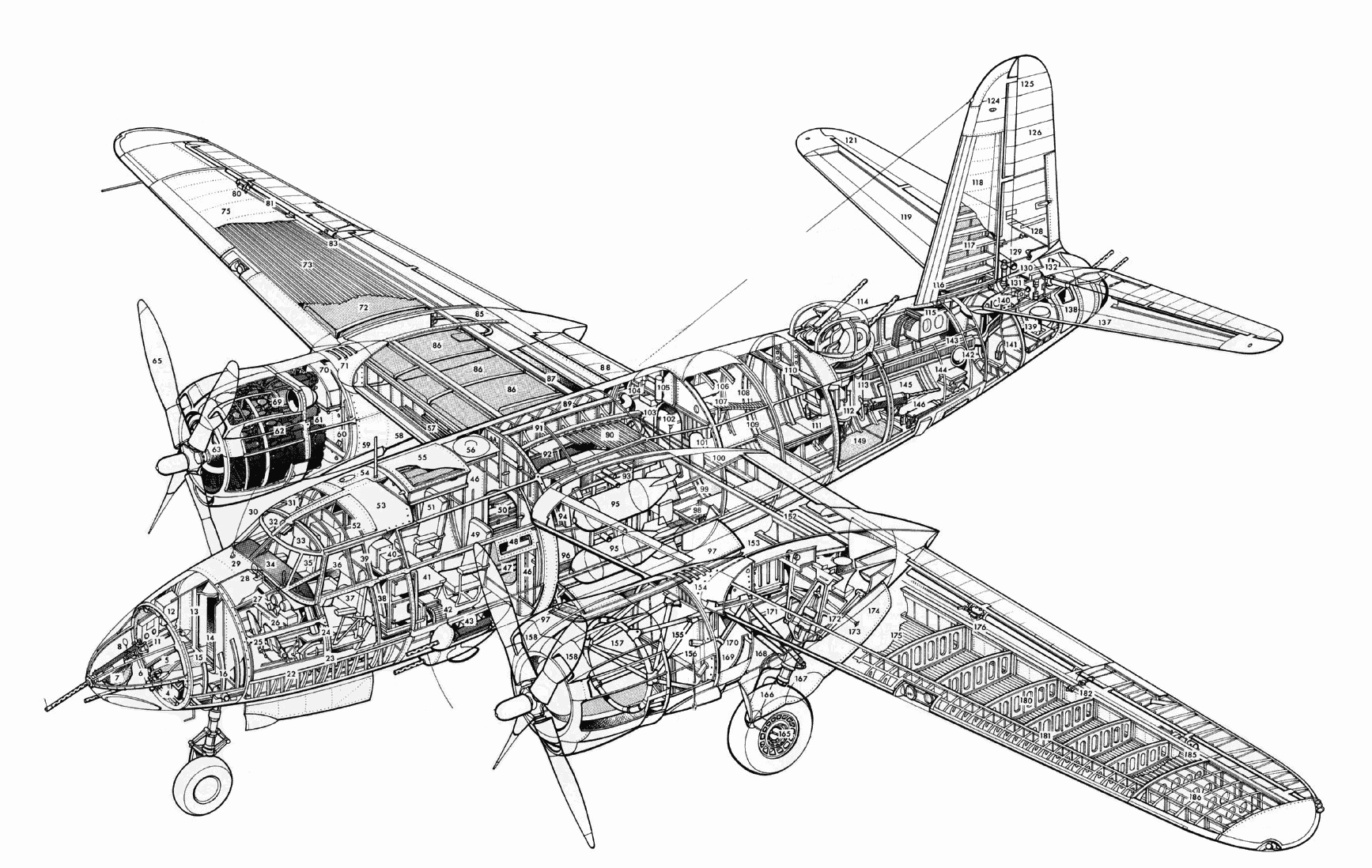
The B-25 bomber theoretically met the requirements for such a mission, according to Duncan and later Doolittle. Although the distance between the wing and the island and the bridge of the ship was also narrow.
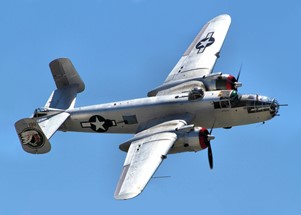
The final conclusion was that the Mitchell B-25 bomber could possibly carry out the mission, provided that the aircraft was equipped with extra fuel tanks and made lighter in terms of weight. Then it even became possible to bomb Tokyo and fly on to free China (China was partly occupied by Japan) or Russia.
Doolittle wrote in his biography after the raid:
“The Japanese had been told they were invulnerable. An attack on the Japanese homeland would cause confusion in the minds of the Japanese people and show doubt about the reliability of their leaders. There was a second, equally important, a psychological reason for this attack: Americans badly needed a morale boost.”
Chapter 2
The More Detailed Plan was :
- A navy squadron would deliver 15 B-25 bombers some 450 nautical miles (or about 830 km) off the Japanese coast. It involved a fleet of sixteen ships and two submarines.
- Eight ships and two submarines (Task Force 18) would leave the West Coast, San Francisco to be specific.
-Eight others were at Pearl Harbor (Task Force 16), belonging to the Pacific fleet of the USA and would join the remaining eight (the sixteen ships together will form Task Force 16).
-This fleet of 16 ships and two submarines (named Task Force 16) will be heading towards Japan or more specifically east of the Japanese island of Honshu.
-Both navy squadrons will have rendezvous with each other in Latitude 38°-00' North, Longitude 180° 00'.
- Both Task Forces will be equipped with an aircraft carrier.
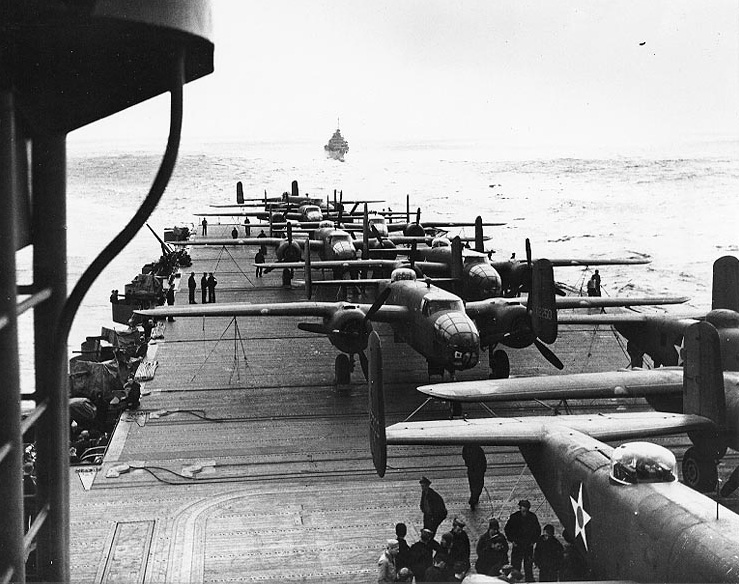
- First of all, the mission should be a morale boost for the American people: the first time they would get good news about the war with Japan. The damage done is not the most important thing.
- Secondly, the Japanese population had to start doubting their wartime government. Japan was considered invulnerable to the people by the government.
- The Japanese forced planes to stay 'at home' for air defense. As a result, these aircraft could not be used elsewhere in the war.
- Arriving at the location at sea, the bombers would take off from the aircraft carrier USS Hornet and bomb places and locations in Japan.
- Cities, industrial, strategic and military targets were selected. No bombing of smaller Japanese islands.
- The aircraft would then fly on to China or Russia to subsequently join the American 10th Air Force. A unit that was established in the war zone of China, Myanmar and India. It became China because Russia did not want American bombers to land there.
- The mission had to remain secret, during the preparations and no one outside the crews could be informed. The true nature of this mission would be announced shortly after departure. So, it was only on board the aircraft carrier USS Hornet that the complete mission with the specific targets was clear and made known to the crews and employees, about 140 men)

- The payload as far as bombs are concerned had to be high enough. At least 900 kg (1,984 lbs) of bombs had to be carried by plane. Cluster incendiary bombs also had to be taken on the mission. Four bombs of 225 kg (496.04 lbs) in total per aircraft.
- There had to be complete radio silence on the ships. This was to prevent Japan from learning of the convoy's mission and voyage.
- If the aircraft carrier USS Hornet with the bombers on the deck was attacked by Japan, the bombers could possibly be pushed overboard so that the defense aircraft could be lifted up onto the deck of the USS Hornet. These were in the hull of the ship during the mission.
- Preparations had to be made quickly. April 20, 1942 was put forward as the date of the attack.
- Only five crew members per bomber were provided instead of the usual six in a B 25 Mitchell bomber
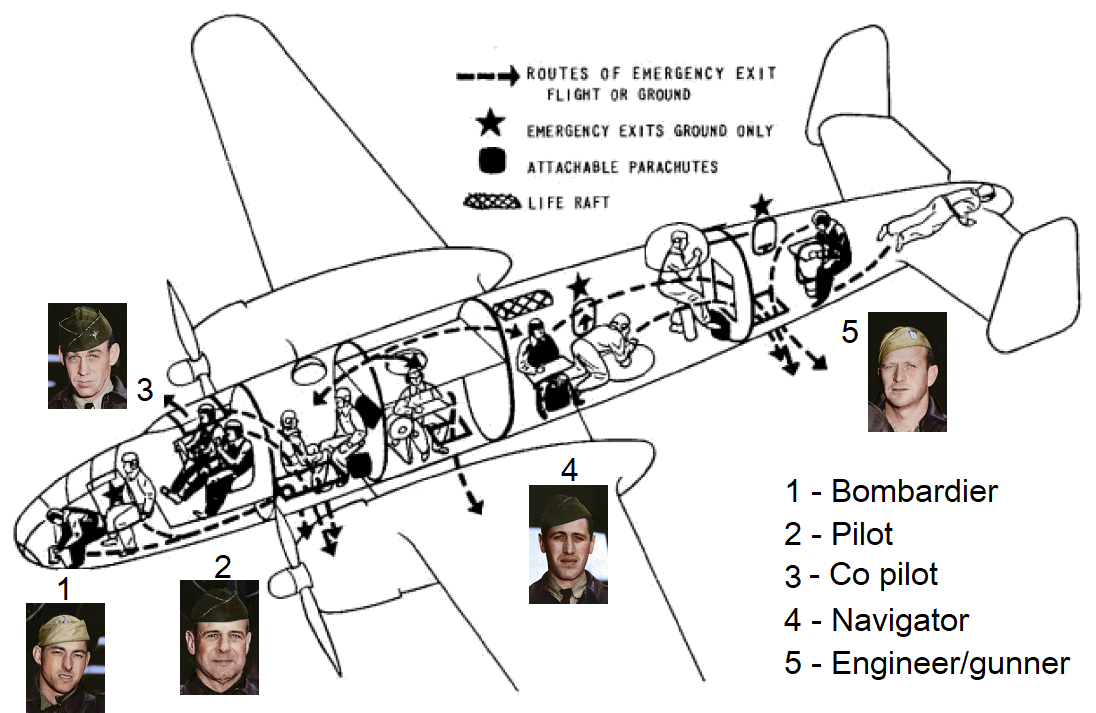
- Inubo-saki in Japan has a lighthouse that was one of the landmarks for landfall of the bombers (coordinates 35°42'28.1"N 140°52'04).
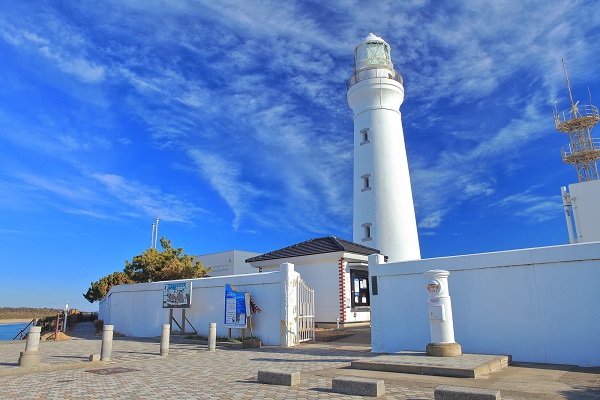
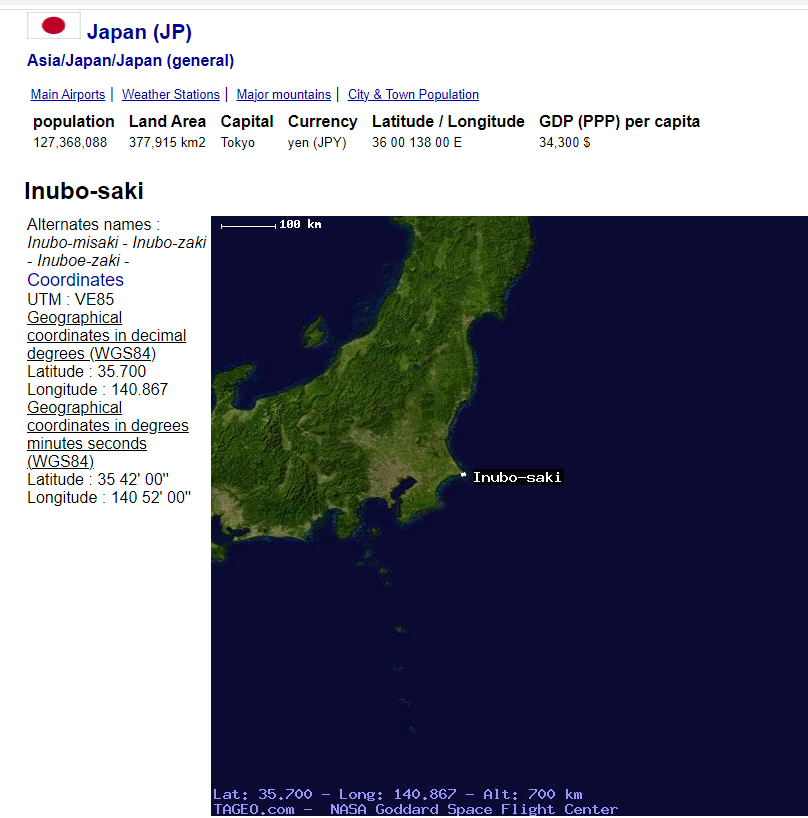
Chapter 3
The search for an aircraft carrier was completed quickly and was less complex than finding the appropriate bomber. The choice quickly fell on the USS Hornet. The ship was brand new had a flight deck of 248 meters long (or about 932 feet) and the flight deck was 26 meters (or about 84 feet) wide. Because the B-25 bomber only needed a short runway, there was still room on this ship to station other B-25 bomber presses on the flight deck. That was also a condition to give the mission the green light.
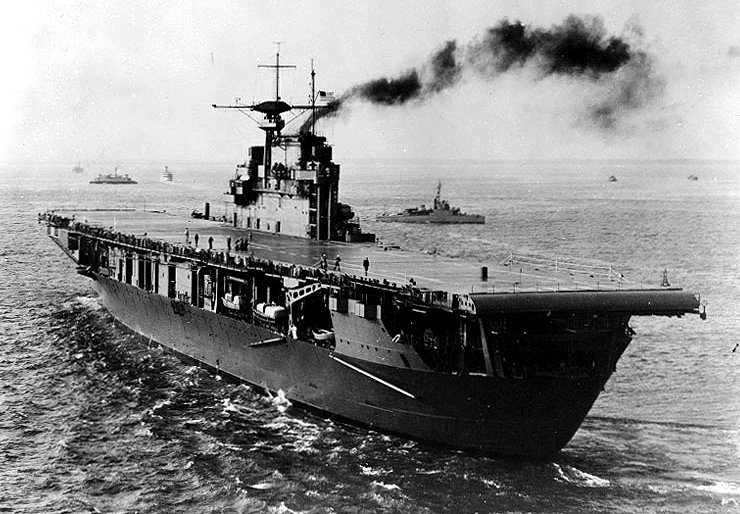
The bombers could not land on the aircraft carrier (later during the war they would succeed) and they could not be put in the hold of the aircraft carrier for transport because the three ship lifts were too small and the bombers were too heavy for lifting aircraft. So, they had to be stationed on deck.
There had never been a B-25 that would weigh so much to take off from an aircraft carrier. At one point, the group was supposed to fly a B-25 from an aircraft carrier. So, this had to be tested.
However, Duncan's first task, as mentioned earlier, was to choose which aircraft carrier was up to the task. The Navy's newest, fastest aircraft carrier is currently undergoing sea trials in the Atlantic Ocean.
The aircraft carrier USS Hornet was scheduled to return to her port in Norfolk, Virginia on January 30, 1942 to be readied for her first mission.
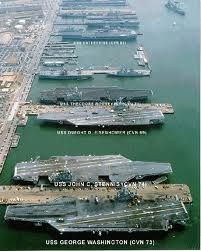
Duncan contacted the captain Marc Mitscher, the captain of the USS c of the ship Hornet (CV-8), and said he would like to speak to him "to discuss urgent matters". Duncan wanted to inform Mitscher about a possible mission and what he as captain of the mission thought.
Jimmy Doolittle was also busy planning. He arranged for three B-25s of the 13th Bombardment Group to arrive at Chambers Field, Virginia a week before the expected arrival of the USS Hornet. It was at this airfield that Captain Low got the idea of the carrier airstrike.
At Chambers Field in Norfolk, Virginia, three test pilots practiced short takeoffs from a runway with a painted carrier outline while awaiting the arrival of the USS Hornet.
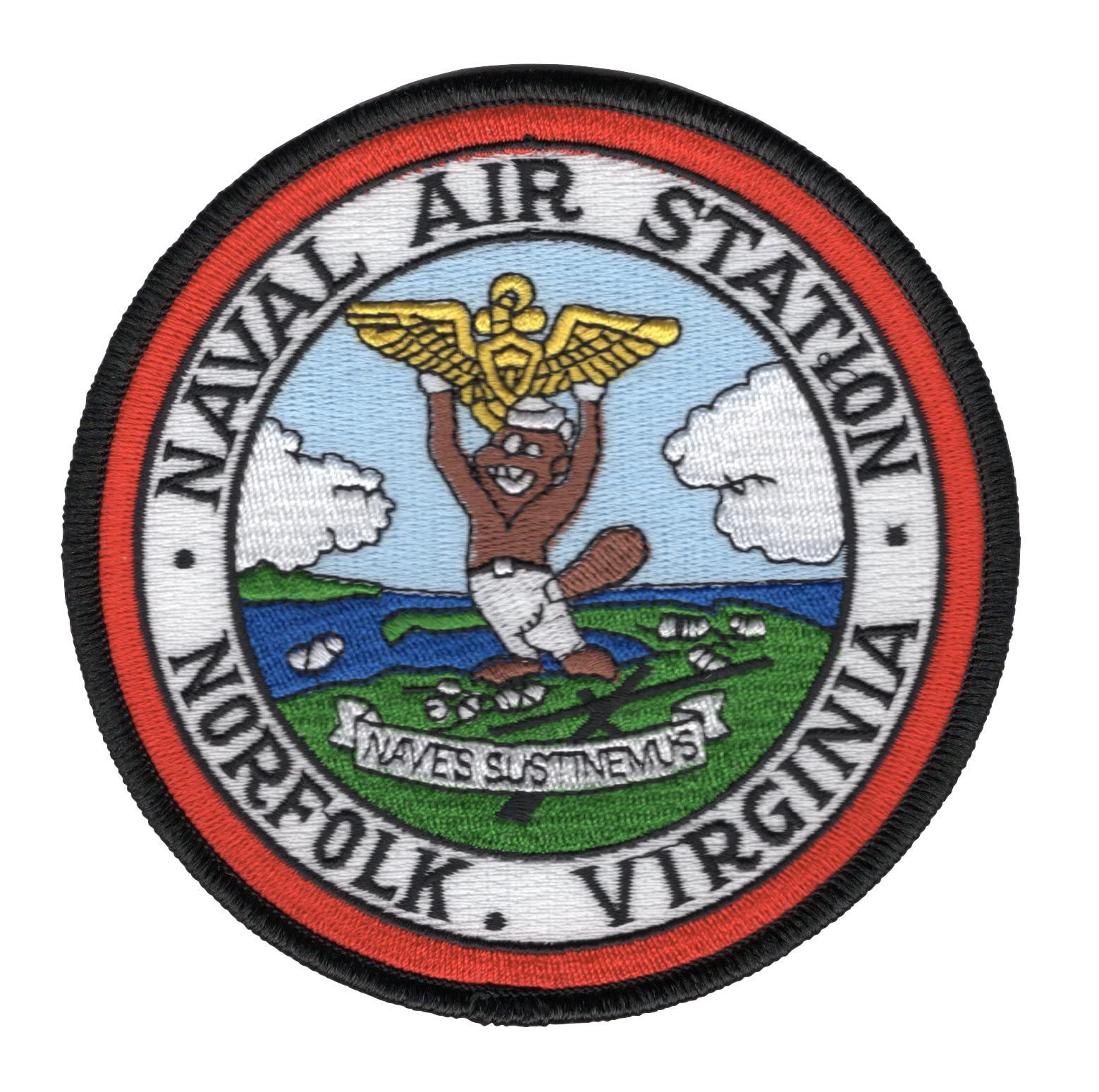
One of the aircraft developed engine problems due to the stress of repeated take-offs. As the USS Hornet approached its base in Virginia, the two remaining aircraft were weighted down with sandbags (same weight of bombs) and would soon be craned onto the deck. The first was loaded to simulate a full bomb load, and the second at half that weight.
Early in the morning of 2 February 1942, the time had come and the two B-25s were loaded with a crane onto the flight deck of the USS Hornet.
The first of the two test flights was to be flown by Lieutenant John E. Fitzgerald, a B-25 test pilot who had previously flown B-25s at Wright Field on the prototypes of the type before the B-25 actually entered production. His B-25 would be placed on the carrier approximately where it was thought the first of the planned fifteen B-25s would take off for the attack.
The second B-25, flown by Lieutenant James F. McCarthy, would be placed further aft. The wing of the first plane was not far from the island and the bridge on the flight deck of the ship. So, there wasn't much room to maneuver.
The left wing partly extended over the side of the flight deck. The setting was tight, but it turned out to be doable. The aircraft carrier headed for the Atlantic Ocean and sailed some 160 km (about 100 miles) out to sea.
At 12:55 p.m. on 2 February 1942, the USS Hornet turned into the wind and was traveling at top speed. At 1:27 p.m., Lieutenant John Fitzgerald was cleared for takeoff. He flew off the aircraft carrier without any problems.
Twenty minutes later, Lieutenant James F. McCarthy used only 275 feet (or 84 meters) of the aircraft carrier to launch his B-25 into the air.
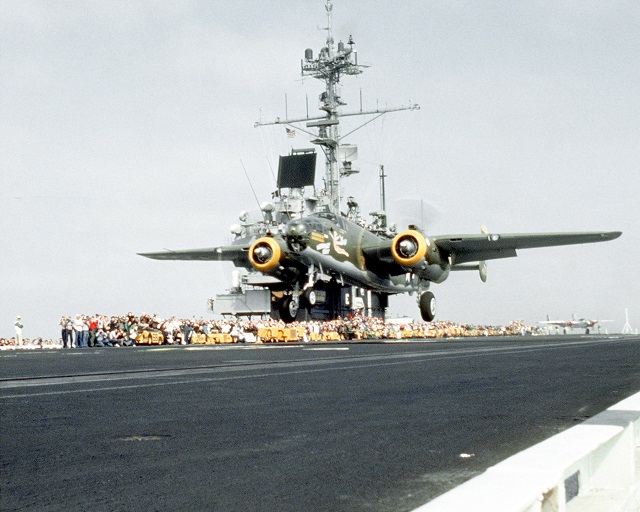
For a moment it was thought that the action had been followed by an enemy submarine because apparently a periscope had been seen. However, it was a false alarm. It was part of a sunken merchant ship that protruded much further out of the water.
After taking off safely, the bombers flew back to land at Norfolk Air Force Base, Virginia.
It was a successful test for sure. The plan for the attack on Japan was officially approved by the American military leadership the same day. “Special Aviation Project No. 1” was born.
A top secret mission. And that would remain the case until the actual start of the mission when the participants would only be fully and detailed informed once they had left on the mission.
The USS Hornet, after the takeoff of the two B-25 Mitchell bombers and the approval of the attack plan, was sent to the American West Coast; San Francisco to participate in the first war assignment for the new ship. It had to pass along the Panama Canal in order to arrive, after a few more stops, at the West Coast of the United States from where the mission would take off.
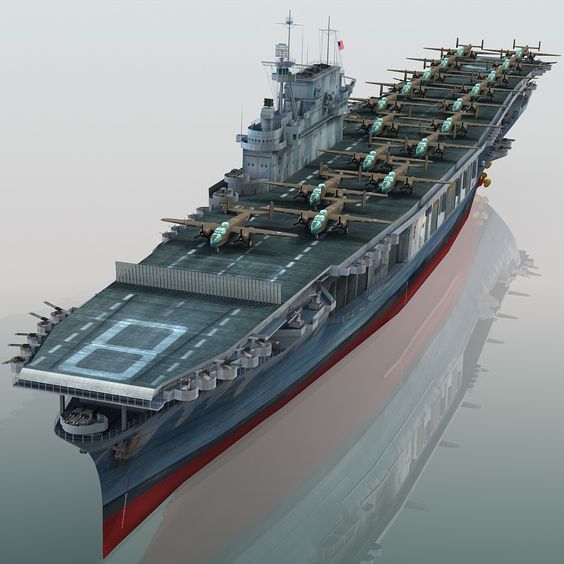
Meanwhile, Doolittle was given time to prepare 24 b-crews for 24 bombers for the mission. It was assumed that the USS Hornet would leave on a mission in San Francisco around 1 April 1942 with the bombers on board. The intention was to take on board fifteen B-25s. Due to circumstances it would be 16. 24 crews of five men would be trained for the mission.
Since it was a secret mission, the crew of the USS Hornet had no knowledge of why they were sent to the West Coast and why there were test flights to take off with two B-25s that took place from their ship. The twobomber pilots were, however, partially informed about the purpose of the mission.
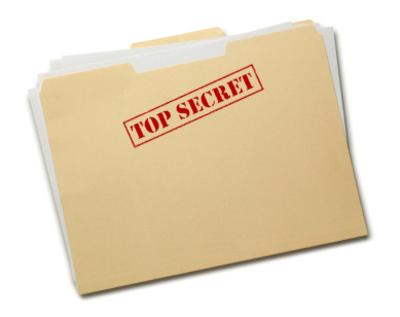
SUPPORT US ON PATREON
Please consider supporting us on Patreon for keeping this website online. Even $1 a month will go a long way. Thank you!
The Doolittle raiders, their planes
and there crew
by Mr. Geert Rottiers
Order your copy today and learn about the brave men who risked their lives to bring hope to America in the darkest days of World War II.

